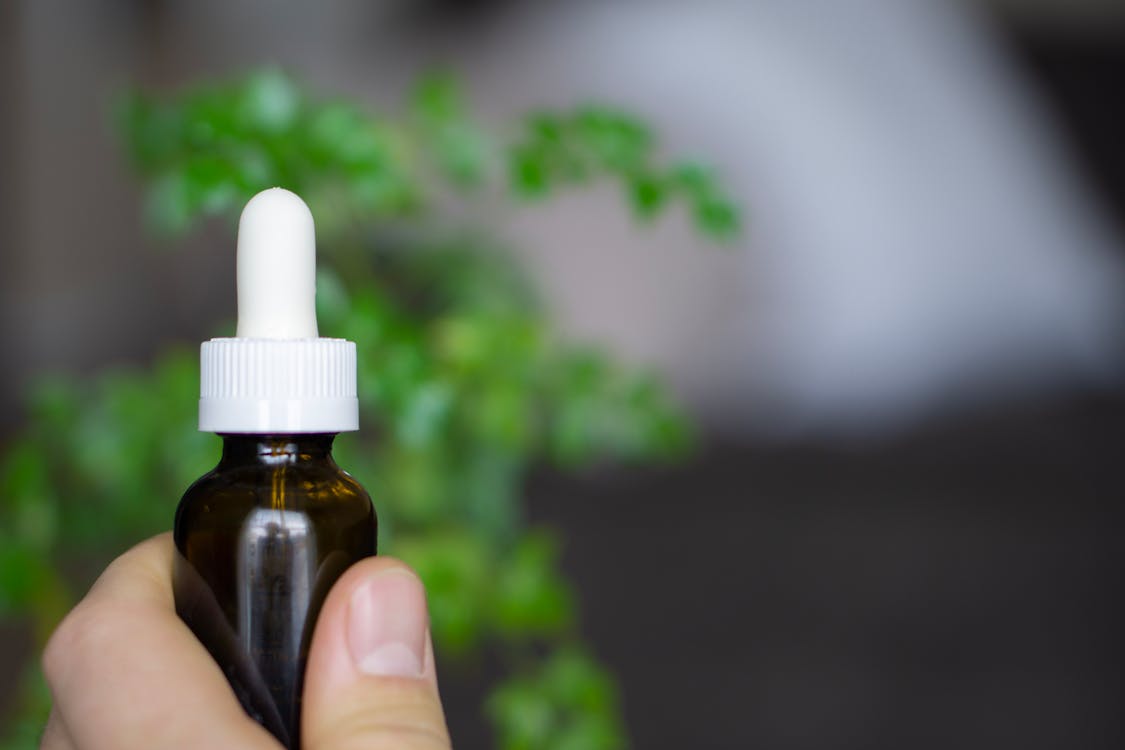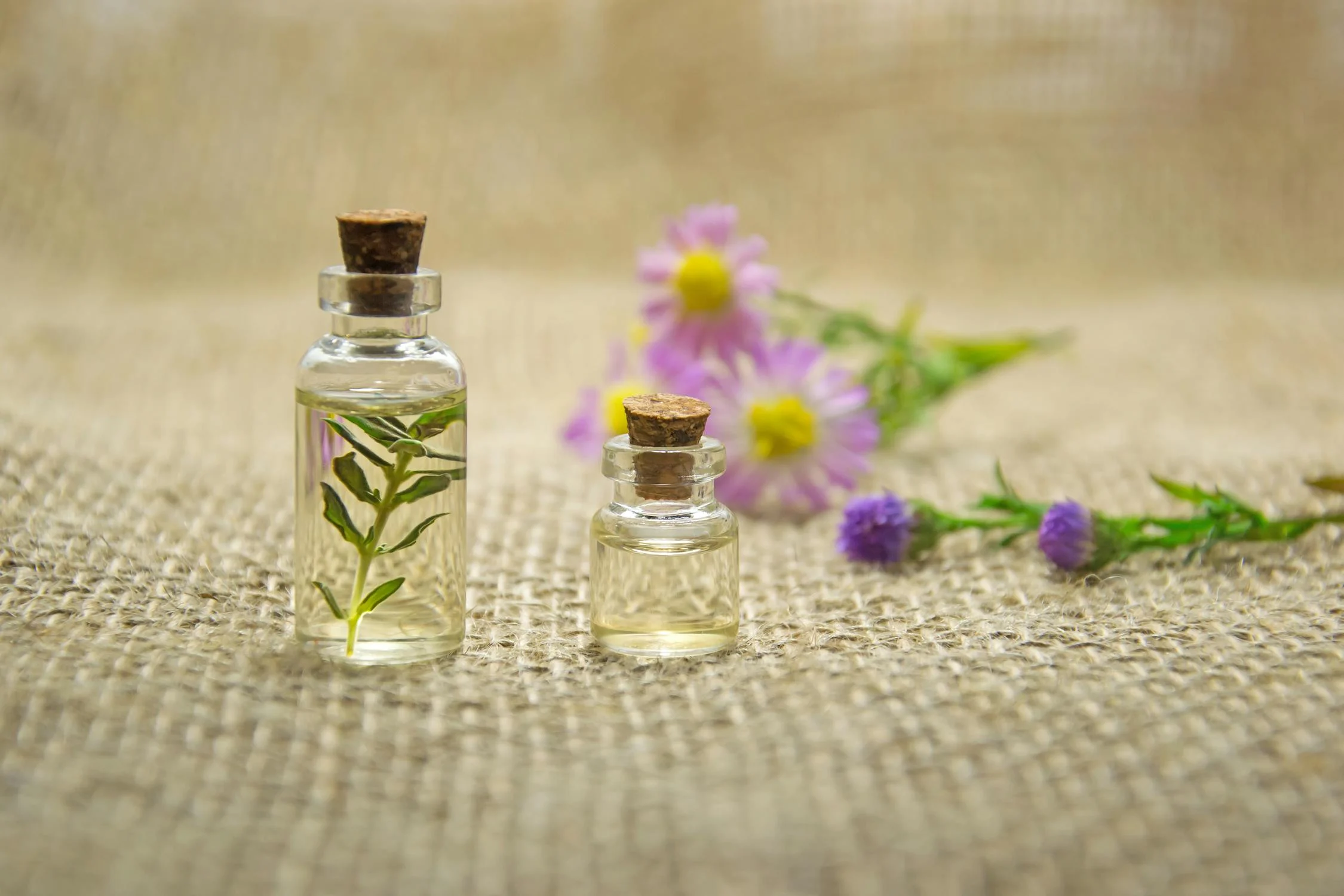Aromatherapy, the practice of using essential oils for therapeutic benefits, has been gaining popularity as a natural wellness approach. One innovative way to enjoy the benefits of essential oils is through aromatherapy vaping. By vaporizing essential oils, users can experience the aromatic compounds and potential health benefits more immediately. However, with the wide variety of essential oils available, it can be challenging to know which ones to choose for your personal needs and preferences. This article will guide you through the process of selecting the right essential oils for your aromatherapy vaping practice. We’ll explore the properties of popular essential oils, factors to consider when making your choices, and tips for safe and effective use. By the end of this article, you’ll be equipped with the knowledge to confidently navigate the world of essential oils and create a personalized aromatherapy vaping experience.
Understanding Essential Oils

Essential oils are highly concentrated, volatile plant extracts that capture the natural fragrance and beneficial compounds of their botanical sources. These oils are derived from various parts of plants, including flowers, leaves, bark, roots, and fruits. The extraction process typically involves methods such as steam distillation, cold pressing, or solvent extraction, which help to preserve the integrity and potency of the oils.
Each essential oil possesses unique therapeutic properties that can offer a range of benefits for physical, emotional, and mental well-being. Some oils, like lavender, are known for their calming and relaxing effects, making them useful for managing stress and promoting better sleep. Others, such as peppermint, are invigorating and can help to improve focus and mental clarity. Tea tree oil is celebrated for its antimicrobial properties, while eucalyptus is often used to support respiratory health.
When incorporating essential oils into your aromatherapy vaping routine, it’s crucial to prioritize safety. Essential oils are highly concentrated and can be irritating or sensitizing if used improperly. Always purchase high-quality, pure essential oils from reputable sources to ensure you’re getting a genuine product free from additives or contaminants. Before using any essential oil, conduct a patch test to check for skin sensitivity, and never apply undiluted oils directly to the skin. When vaping essential oils, start with low concentrations and be mindful of any adverse reactions. Pregnant women, children, and individuals with certain health conditions should consult with a healthcare professional before using essential oils.
Popular Essential Oils for Aromatherapy Vaping

Lavender
- Properties and benefits: Lavender essential oil is renowned for its calming, relaxing, and balancing properties. It can help to reduce stress, anxiety, and insomnia, promoting a sense of tranquility and improved sleep quality. Lavender is also known for its ability to soothe minor skin irritations and support healthy skin.
- Blending suggestions: Lavender blends well with a variety of other essential oils, including bergamot, chamomile, clary sage, geranium, and ylang-ylang. Try combining lavender with peppermint for a refreshing and focusing blend, or with sweet orange for an uplifting and stress-relieving experience.
Peppermint
- Properties and benefits: Peppermint essential oil is invigorating and energizing, known for its ability to enhance mental alertness and concentration. It can also help to alleviate headaches, nausea, and digestive discomfort. Peppermint’s cooling sensation can provide relief for sore muscles and joints.
- Blending suggestions: Peppermint pairs well with other invigorating oils like eucalyptus, rosemary, and lemon. For a balanced blend, try combining peppermint with lavender or frankincense.
Eucalyptus
- Properties and benefits: Eucalyptus essential oil is known for its respiratory-supportive properties. It can help to clear airways, ease congestion, and promote better breathing. Eucalyptus also has cooling, soothing, and pain-relieving effects, making it useful for muscle and joint discomfort.
- Blending suggestions: Eucalyptus blends well with other respiratory-supportive oils like peppermint, rosemary, and tea tree. For a refreshing and uplifting blend, combine eucalyptus with citrus oils like lemon or grapefruit.
Tea Tree
- Properties and benefits: Tea tree essential oil, also known as melaleuca, is celebrated for its powerful antimicrobial properties. It can help to combat harmful microbes, making it useful for supporting a healthy immune system. Tea tree oil is also beneficial for maintaining healthy skin and scalp.
- Blending suggestions: Tea tree oil pairs well with other purifying oils like eucalyptus, lemon, and lavender. For a skin-supportive blend, try combining tea tree with geranium or frankincense.
Lemon
- Properties and benefits: Lemon essential oil is uplifting, energizing, and cleansing. It can help to boost mood, increase mental alertness, and promote a sense of clarity. Lemon oil also has purifying properties and can help to freshen the air and eliminate odors.
- Blending suggestions: Lemon blends well with other citrus oils like orange, grapefruit, and bergamot. For a refreshing and focusing blend, combine lemon with peppermint or rosemary.
Bergamot
- Properties and benefits: Bergamot essential oil is known for its uplifting and mood-balancing properties. It can help to alleviate stress, anxiety, and depression, promoting a sense of calm and well-being. Bergamot is also beneficial for skin health, with its antiseptic and cicatrisant properties.
- Blending suggestions: Bergamot blends well with other citrus oils like lemon and orange, as well as floral oils like lavender and ylang-ylang. For a soothing and uplifting blend, try combining bergamot with frankincense or sandalwood.
Rosemary
- Properties and benefits: Rosemary essential oil is invigorating and stimulating, known for its ability to enhance mental clarity, focus, and memory. It can also help to relieve muscular aches and pains, and support healthy digestion. Rosemary is also beneficial for scalp health and promoting hair growth.
- Blending suggestions: Rosemary pairs well with other herbaceous oils like peppermint, eucalyptus, and basil. For a focusing and energizing blend, combine rosemary with lemon or grapefruit.
Factors to Consider When Choosing Essential Oils

When selecting essential oils for your aromatherapy vaping practice, there are several key factors to consider. First and foremost, prioritize the quality and purity of the oils. Look for reputable brands that offer organic, therapeutic-grade essential oils free from synthetic additives, fillers, or contaminants. High-quality oils may be more expensive, but they ensure a safer and more effective aromatherapy experience.
Consider your personal preferences and desired effects when choosing essential oils. If you’re seeking relaxation and stress relief, oils like lavender, chamomile, and bergamot may be ideal. For an energy boost and improved focus, opt for invigorating oils like peppermint, rosemary, or lemon. If you’re looking to support respiratory health, eucalyptus and tea tree are excellent choices.
Compatibility with your vaping device is another important consideration. Some essential oils may be too thick or viscous to vaporize properly in certain devices. Always consult your device’s instructions and recommendations to ensure the oils you choose are suitable for use.
When blending essential oils, pay attention to the dilution ratios and start with low concentrations. A general guideline is to use 1-2 drops of essential oil per milliliter of carrier liquid, such as vegetable glycerin or propylene glycol. However, some oils may require even lower concentrations, especially if you have sensitive skin or are prone to allergies.
It’s crucial to be aware of any potential allergies or sensitivities you may have to specific essential oils. If you have a history of allergies or skin sensitivities, conduct a patch test before using a new oil. Apply a small, diluted amount of the oil to your skin and wait 24 hours to observe any reactions. If you experience itching, redness, or irritation, discontinue use immediately.
When selecting essential oils, also consider their note classifications. Essential oils are categorized into top, middle, and base notes based on their evaporation rates and aromatic qualities. Top notes, like citrus and peppermint, are light and fleeting, providing the initial impression of a blend. Middle notes, such as lavender and rosemary, form the heart of a blend and emerge once the top notes evaporate. Base notes, including sandalwood and patchouli, are heavy and long-lasting, providing depth and grounding to a blend. Understanding note classifications can help you create well-balanced and harmonious blends.
Sustainability and ethical sourcing are other important factors to consider when choosing essential oils. Look for brands that prioritize eco-friendly and socially responsible practices, such as using sustainably harvested plant materials and supporting fair trade initiatives. By supporting ethical and sustainable essential oil production, you contribute to the well-being of both the environment and the communities involved in the harvesting and processing of these oils.
Tips for Safe and Effective Aromatherapy Vaping

To ensure a safe and enjoyable aromatherapy vaping experience, follow these tips:
- Proper storage of essential oils: Keep your essential oils in a cool, dark place away from direct sunlight and heat. Exposure to light and heat can degrade the quality and potency of the oils over time. Tightly seal the bottles after each use to prevent oxidation and evaporation.
- Cleaning and maintaining your vaping device: Regularly clean your vaping device to prevent buildup of residue and ensure optimal performance. Follow the manufacturer’s instructions for cleaning and maintenance, and replace coils or wicks as needed.
- Starting with low concentrations: When trying a new essential oil or blend, start with the lowest recommended concentration. This allows you to gauge your body’s response and minimize the risk of adverse reactions. You can gradually increase the concentration if desired, but always listen to your body and stop if you experience discomfort.
- Listening to your body’s response: Pay attention to how your body reacts to different essential oils and blends. If you experience any negative symptoms, such as headaches, nausea, or dizziness, discontinue use immediately. Everyone’s response to essential oils can vary, so trust your intuition and listen to your body’s feedback.
- Consulting with a qualified aromatherapist: If you have specific health concerns or are unsure about which essential oils to use, consider consulting with a qualified aromatherapist. They can provide personalized recommendations based on your individual needs and help you create safe and effective blends.
- Diluting essential oils for vaping: When preparing essential oils for vaping, it’s crucial to dilute them properly to avoid irritation and potential health risks. Use a carrier liquid, such as vegetable glycerin or propylene glycol, to dilute the essential oils. A general guideline is to use 1-2 drops of essential oil per milliliter of carrier liquid, but always refer to the specific instructions provided by the essential oil manufacturer or your vaping device.
- Vaping in moderation: While aromatherapy vaping can offer various benefits, it’s important to practice moderation. Excessive or prolonged vaping may lead to adverse effects, such as respiratory irritation or sensitization. Take regular breaks and limit your vaping sessions to short durations. If you experience any discomfort or negative symptoms, discontinue use and consult with a healthcare professional if necessary.
- Combining aromatherapy vaping with other practices: Aromatherapy vaping can be combined with other wellness practices for enhanced benefits. For example, try vaping calming essential oils like lavender or chamomile before a meditation or yoga session to promote deeper relaxation. You can also use energizing oils like peppermint or rosemary before a workout to boost your motivation and focus. Experiment with different combinations to find what works best for you and your lifestyle.
Conclusion: Essential Oils for You Aromatherapy Vape

Choosing the right essential oils for your aromatherapy vaping practice is a journey of discovery and self-care. By understanding the unique properties and benefits of different essential oils, considering factors such as quality, personal preferences, and device compatibility, and following guidelines for safe and effective use, you can create a personalized aromatherapy experience that supports your physical, mental, and emotional well-being.
As you explore the world of essential oils, remember to start with high-quality, pure oils from reputable sources. Begin with low concentrations and listen to your body’s feedback, adjusting your blends as needed. Don’t hesitate to seek guidance from a qualified aromatherapist, especially if you have specific health concerns or are new to aromatherapy.
Incorporate sustainability and ethical considerations into your essential oil choices, supporting brands that prioritize eco-friendly and socially responsible practices. By making mindful and informed decisions, you contribute to the well-being of both yourself and the planet.
Aromatherapy vaping is just one way to enjoy the benefits of essential oils. Experiment with different methods, such as diffusion, topical application, or adding oils to your bath, to find what resonates with you. Combine aromatherapy vaping with other wellness practices, such as meditation, yoga, or exercise, to enhance the overall benefits and create a holistic self-care routine.
As you embark on this aromatic adventure, know that you are taking a proactive step towards self-care and wellness. Embrace the experience, share your knowledge with others, and enjoy the many benefits that aromatherapy vaping and essential oils have to offer. Here’s to your journey of self-discovery, relaxation, and vitality!
Further Reading
For those interested in diving deeper into the world of essential oils and aromatherapy, here are some non-competitive resources that can enhance your knowledge and practice:
- Medical News Today – 15 Home Remedies for Migraine Relief: This article discusses various home remedies for migraine relief, including the use of essential oils. Read the article
- Journal of Essential Oil Bearing Plants: Explore the current issue of this journal, which includes various articles on the chemical composition, antimicrobial activities, and other properties of essential oils. Read the article

